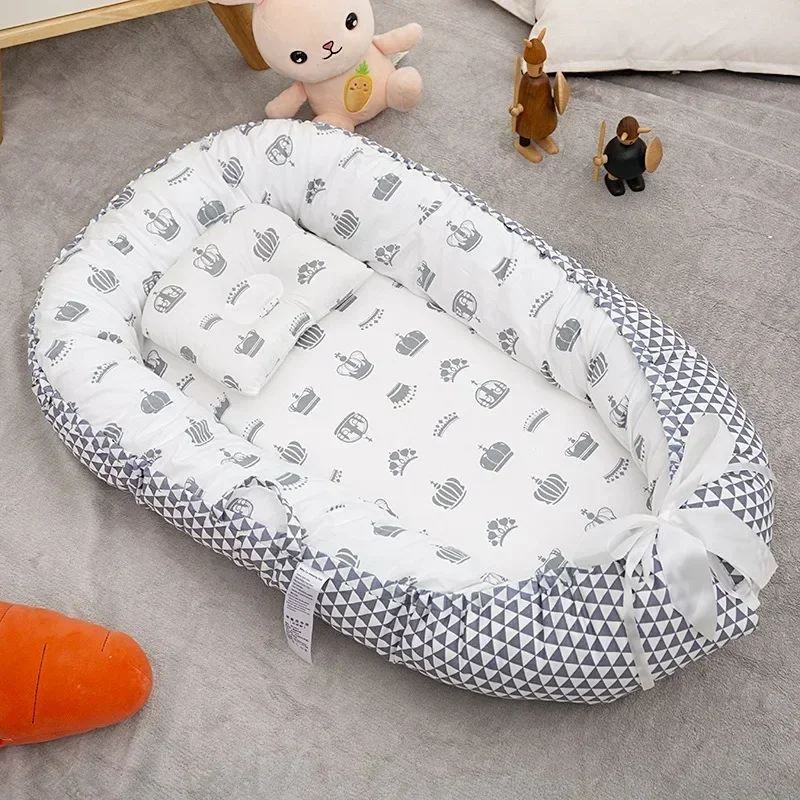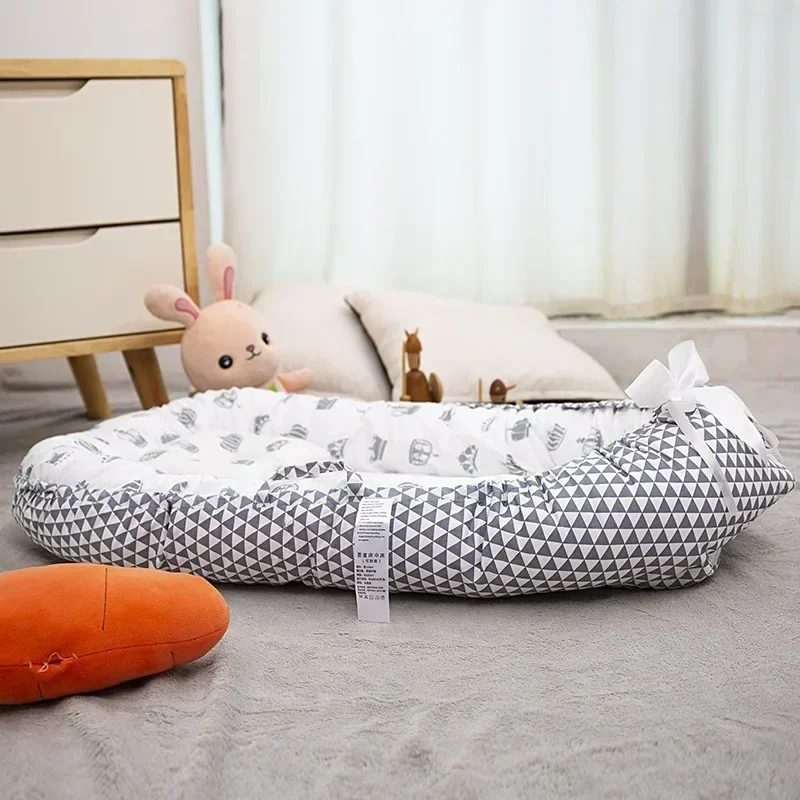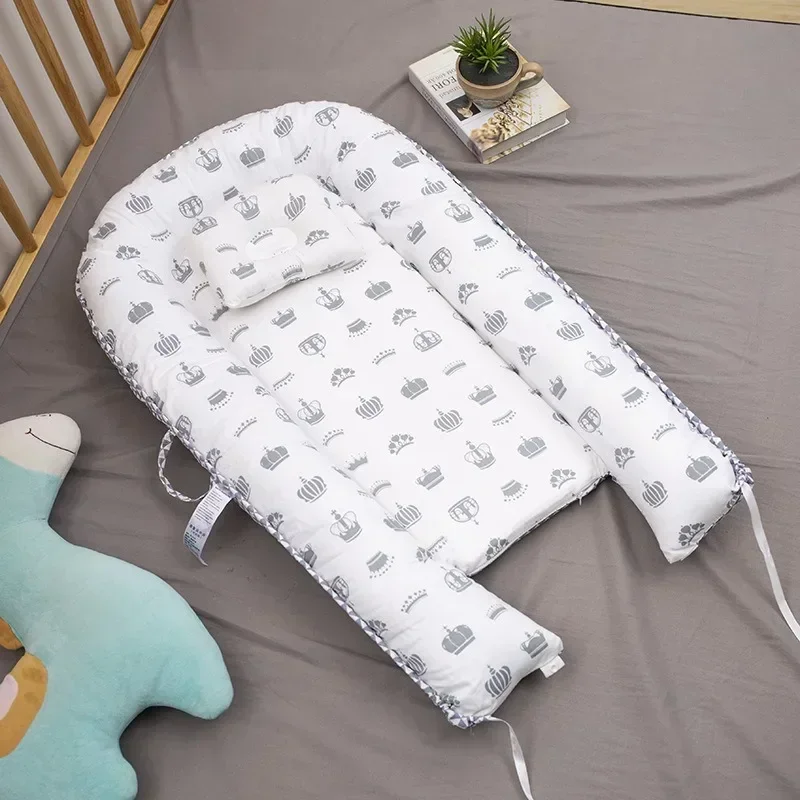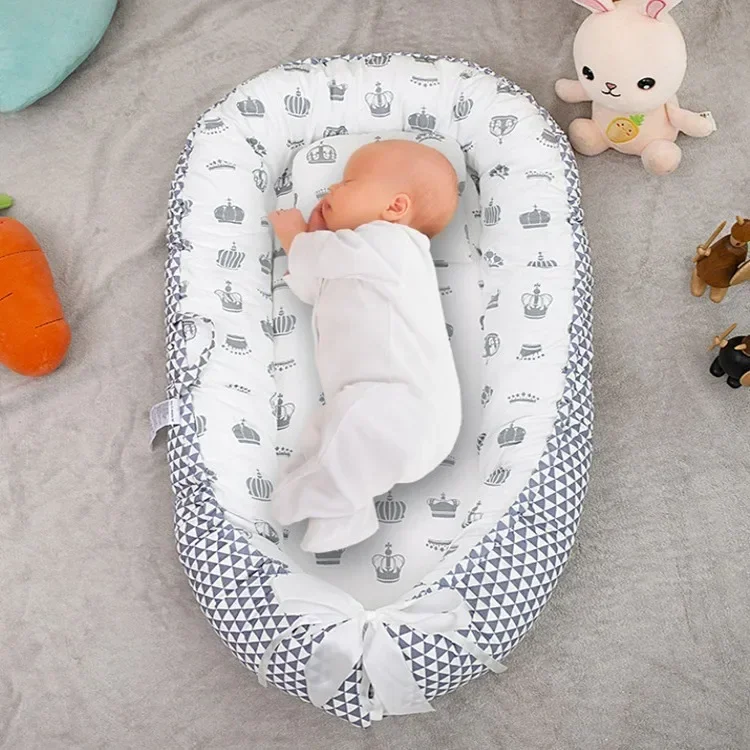Parenting comes with a myriad of decisions, especially when it comes to ensuring your baby’s safety and comfort during sleep. One of the common questions that parents face is when their baby outgrows the bassinet. Understanding this transition is crucial for creating a safe sleep environment as your little one grows. This guide explores the factors influencing the transition from bassinet to crib, safety considerations, and tips for a smooth adjustment.
Understanding Bassinet Use
Bassinets are typically used during the newborn stage, providing a cozy and secure sleeping space for infants up to about four to six months old. They offer a smaller, more confined sleeping area compared to cribs, which can help newborns feel snug and secure. The American Academy of Pediatrics (AAP) recommends using a bassinet or a crib that meets safety standards for infants to sleep in the same room as parents for at least the first six months to reduce the risk of Sudden Infant Death Syndrome (SIDS).
Signs Your Baby Is Ready to Transition
Several signs indicate that your baby may be ready to move from a bassinet to a crib. One of the most obvious signs is when your baby starts to outgrow the weight or size limits of the bassinet. Most bassinets have weight limits ranging from 15 to 20 pounds, and as your baby grows and becomes more active, they may outgrow the bassinet’s capacity to safely contain them. Additionally, if your baby begins rolling over or showing signs of increased mobility, a crib with more space and sturdy railings becomes necessary to prevent falls and ensure safety during sleep.
Safety Considerations During Transition
Transitioning from a bassinet to a crib requires careful attention to safety considerations. Ensure that the crib meets current safety standards, including proper spacing between slats (less than 2 3/8 inches apart) to prevent trapping of the baby’s head or limbs. The mattress should fit snugly within the crib frame without gaps, and the crib itself should be free of loose bedding, pillows, or toys that could pose suffocation hazards. Position the crib away from windows, cords, or blinds to prevent accidents.

Creating a Comfortable Sleep Environment
As you transition your baby to a crib, maintaining a comfortable sleep environment is essential for promoting healthy sleep patterns. Use a firm mattress and fitted sheet designed specifically for crib use to reduce the risk of SIDS. Dress your baby in appropriate sleepwear suitable for the room temperature, avoiding overheating or excessive bundling. Consider using a sleep sack or wearable blanket instead of loose blankets to keep your baby warm without the risk of covering their face during sleep.
Adjusting Sleep Routines
Moving your baby from a bassinet to a crib may initially disrupt their sleep routines. To ease this transition, gradually introduce your baby to the crib during nap times or start with shorter periods of nighttime sleep in the crib before making it a permanent change. Establishing a consistent bedtime routine can also help signal to your baby that it’s time to sleep, whether they’re in a bassinet or a crib. Consistency and patience are key as your baby adjusts to the new sleeping arrangement.
Monitoring Your Baby’s Comfort and Safety
After transitioning to a crib, continue monitoring your baby’s comfort and safety during sleep. Check the crib regularly for any signs of wear or damage, and ensure that it remains a safe sleeping environment free of hazards. As your baby grows, adjust the crib mattress to the lower positions to prevent climbing over the crib rails as they become more mobile. Stay attuned to your baby’s cues and adjust sleep routines or environmental factors as needed to promote optimal sleep quality and safety.
Seeking Guidance from Healthcare Providers
If you have concerns about transitioning your baby from a bassinet to a crib or questions about safe sleep practices, don’t hesitate to seek guidance from your pediatrician or healthcare provider. They can provide personalized advice based on your baby’s developmental stage, health status, and specific needs. Pediatricians can also offer resources and recommendations for safe sleep products, such as cribs and mattresses, that meet current safety standards and guidelines.

Choosing the Right Crib
When selecting a crib for your baby, prioritize safety and functionality. Look for cribs that meet current safety standards, such as those certified by the Juvenile Products Manufacturers Association (JPMA) or compliant with ASTM International safety standards. Consider cribs with adjustable mattress heights, which allow you to lower the mattress as your baby grows and becomes more mobile. Ensure that the crib’s structure is sturdy and free from sharp edges or protruding hardware that could potentially harm your baby.
Transition Tips for Parents
Transitioning your baby from a bassinet to a crib can be emotional for parents as well. Here are some tips to help you navigate this change:
- Gradual Transition: Start by having your baby nap in the crib during the day before transitioning to nighttime sleep. This gradual approach allows your baby to become familiar with the crib and its surroundings.
- Consistent Bedtime Routine: Maintain a consistent bedtime routine to signal to your baby that it’s time to sleep. This routine might include activities like a warm bath, gentle massage, bedtime story, or soothing lullabies.
- Comfort Objects: Introduce a comfort object, such as a favorite blanket or stuffed animal, to provide reassurance and comfort to your baby during the transition.
- Stay Responsive: During the initial transition period, be responsive to your baby’s cues and needs. Comfort them if they become upset or restless during sleep.
- Monitor Adjustments: Keep an eye on how your baby adjusts to the crib. If they have difficulty settling or seem uncomfortable, make gradual adjustments to the sleep environment or routine as needed.
Common Concerns
Parents often have concerns about how their baby will adjust to sleeping in a crib compared to a bassinet. It’s normal for babies to take some time to adapt to a new sleeping environment. Some babies may initially prefer the cozy feel of a bassinet and may need extra reassurance during the transition period. Patience and consistency are key to helping your baby feel secure and comfortable in their new sleeping space.
When to Seek Help
If you encounter challenges or have concerns about your baby’s sleep habits during the transition, don’t hesitate to seek guidance from your pediatrician or a certified sleep consultant. They can provide personalized advice and strategies to address specific issues, such as difficulty settling into the crib or disruptions in sleep patterns.

Final Thoughts
Transitioning your baby from a bassinet to a crib is a significant milestone that supports their growth and safety during sleep. By understanding the signs that indicate your baby is ready for this transition, prioritizing safety considerations, and implementing gradual adjustments, you can create a smooth and comfortable experience for both you and your baby. Remember that every baby is unique, so trust your instincts and seek support from healthcare professionals as needed to ensure a positive sleep environment for your little one.
Transitioning your baby from a bassinet to a crib marks an important milestone in their development and safety during sleep. By understanding the signs that indicate your baby is ready for this transition, prioritizing safety considerations, and creating a comfortable sleep environment, you can ensure a smooth and safe adjustment for both you and your baby. Remember, each baby is unique, so trust your instincts and seek support from healthcare professionals as needed to promote healthy sleep habits from infancy and beyond.
